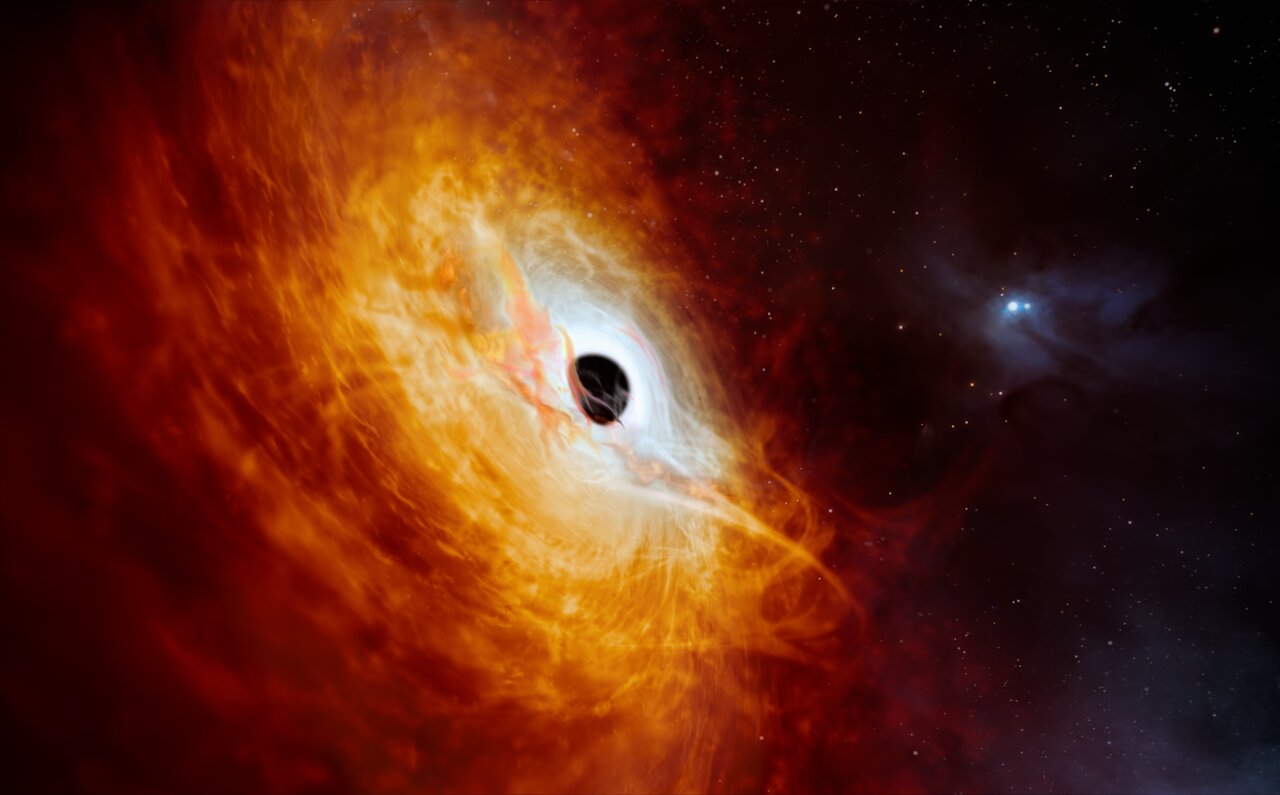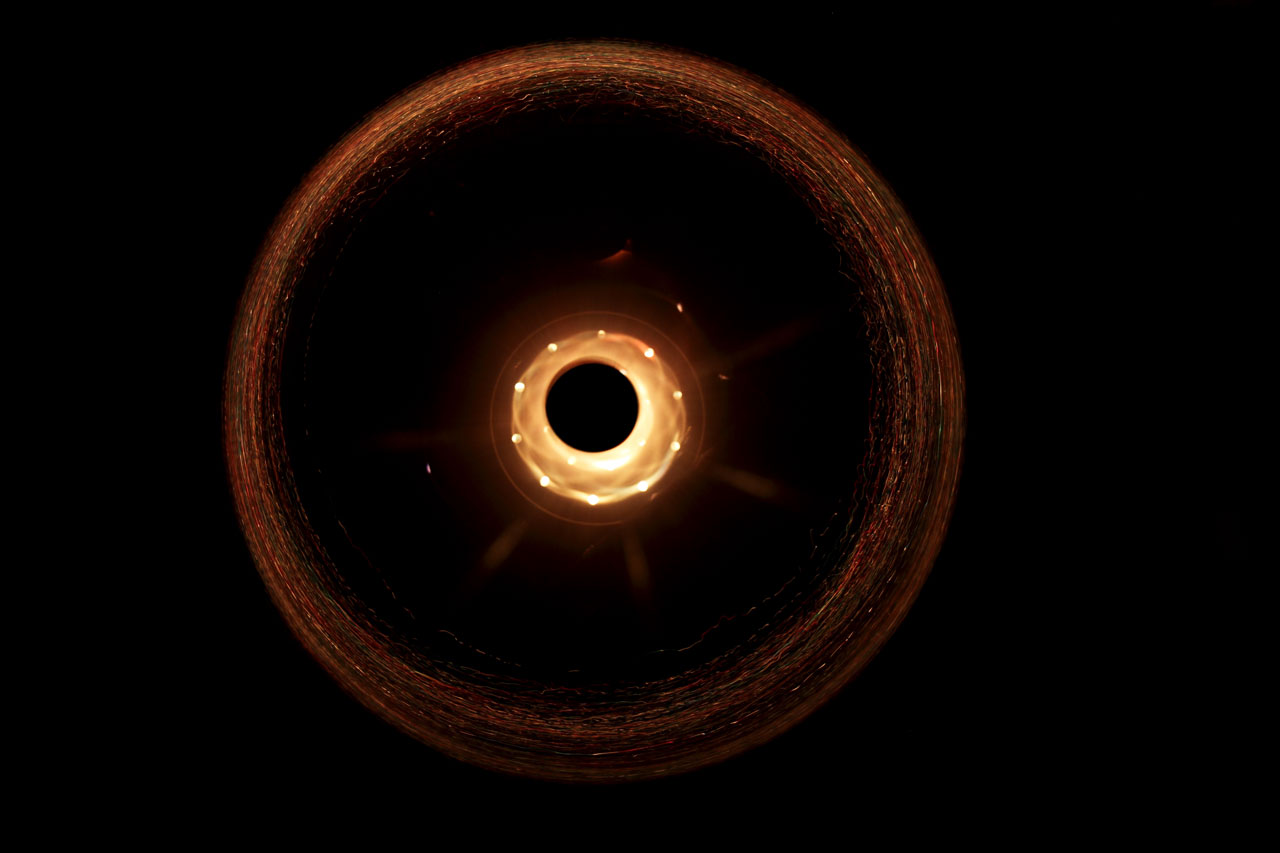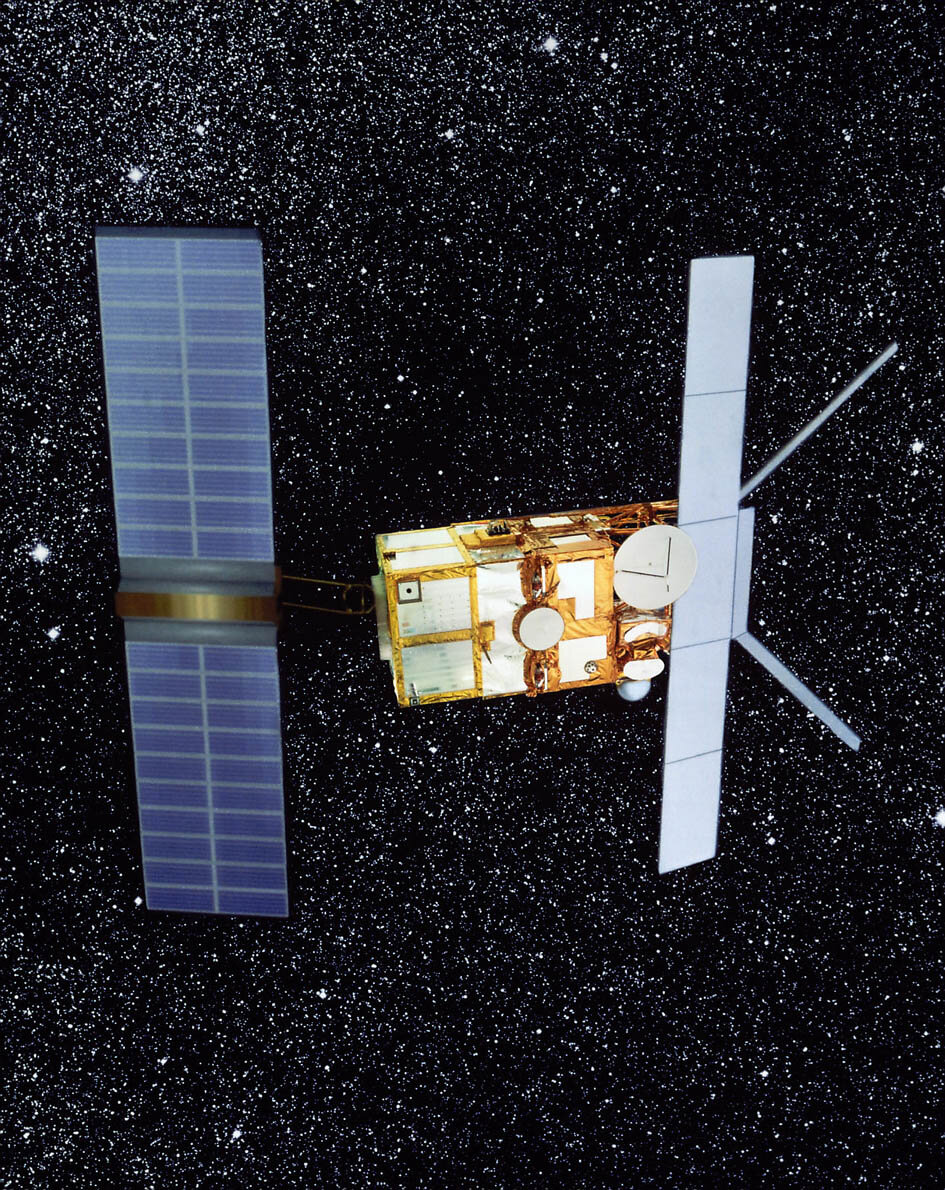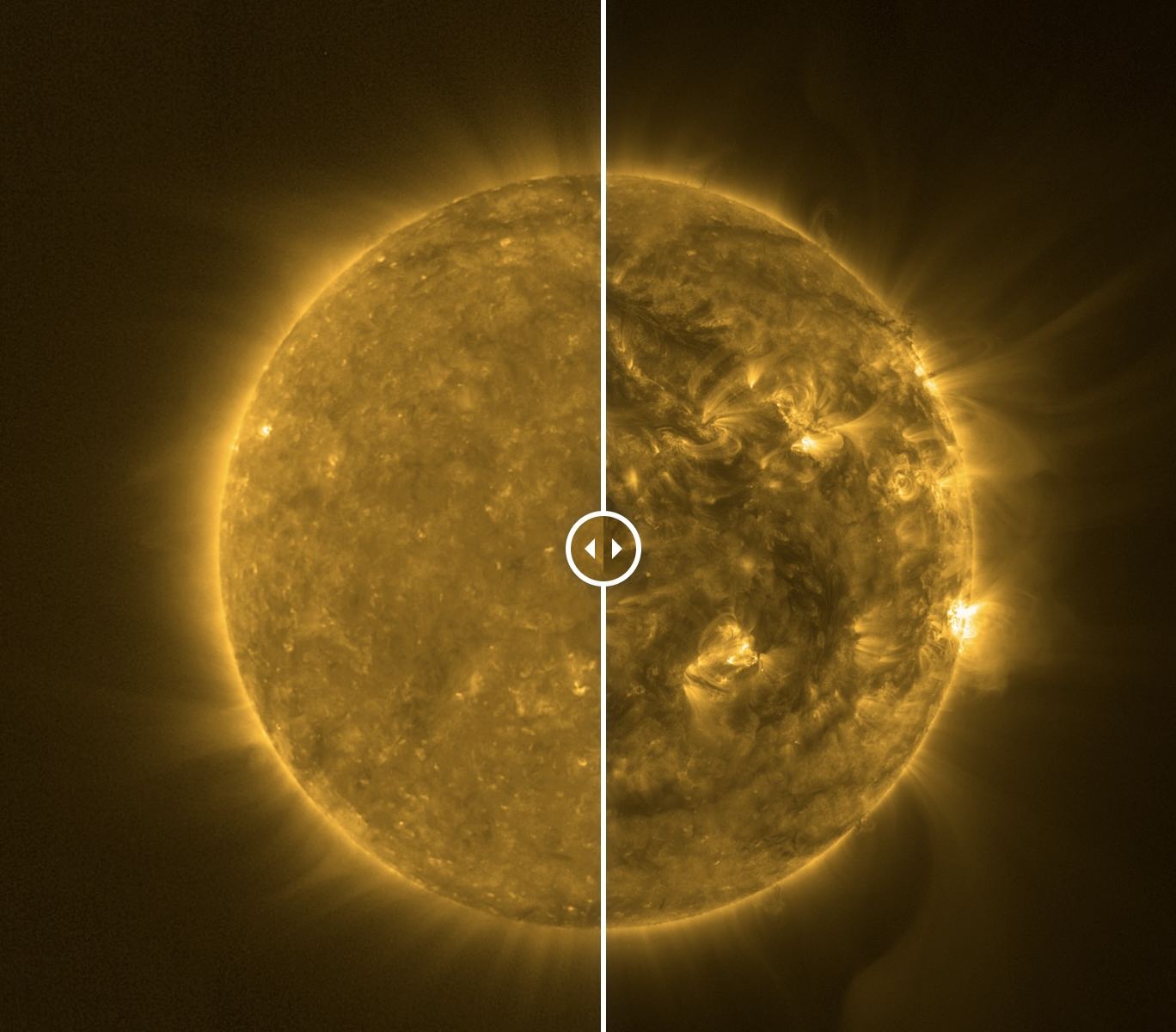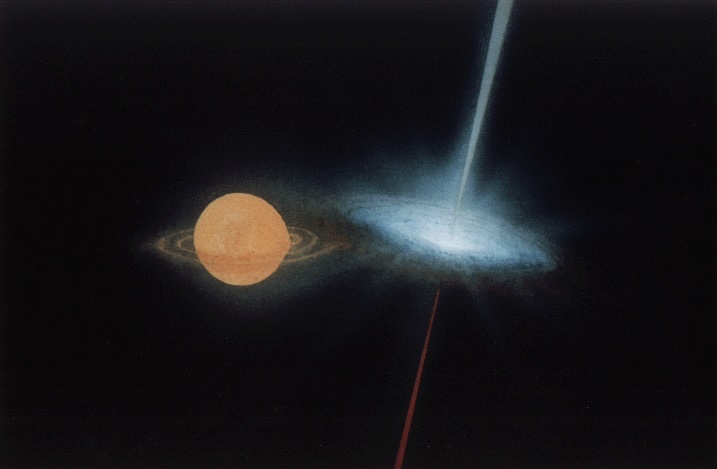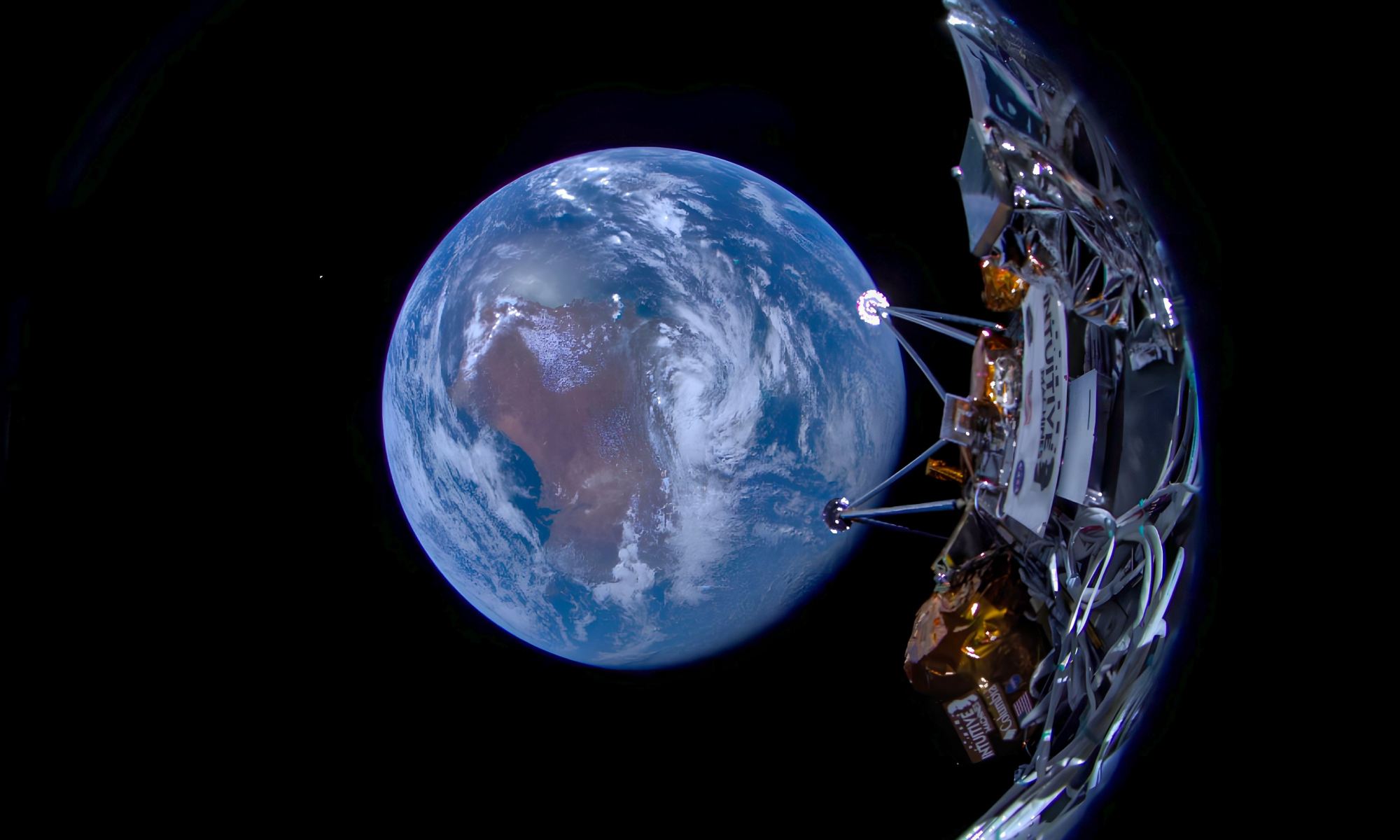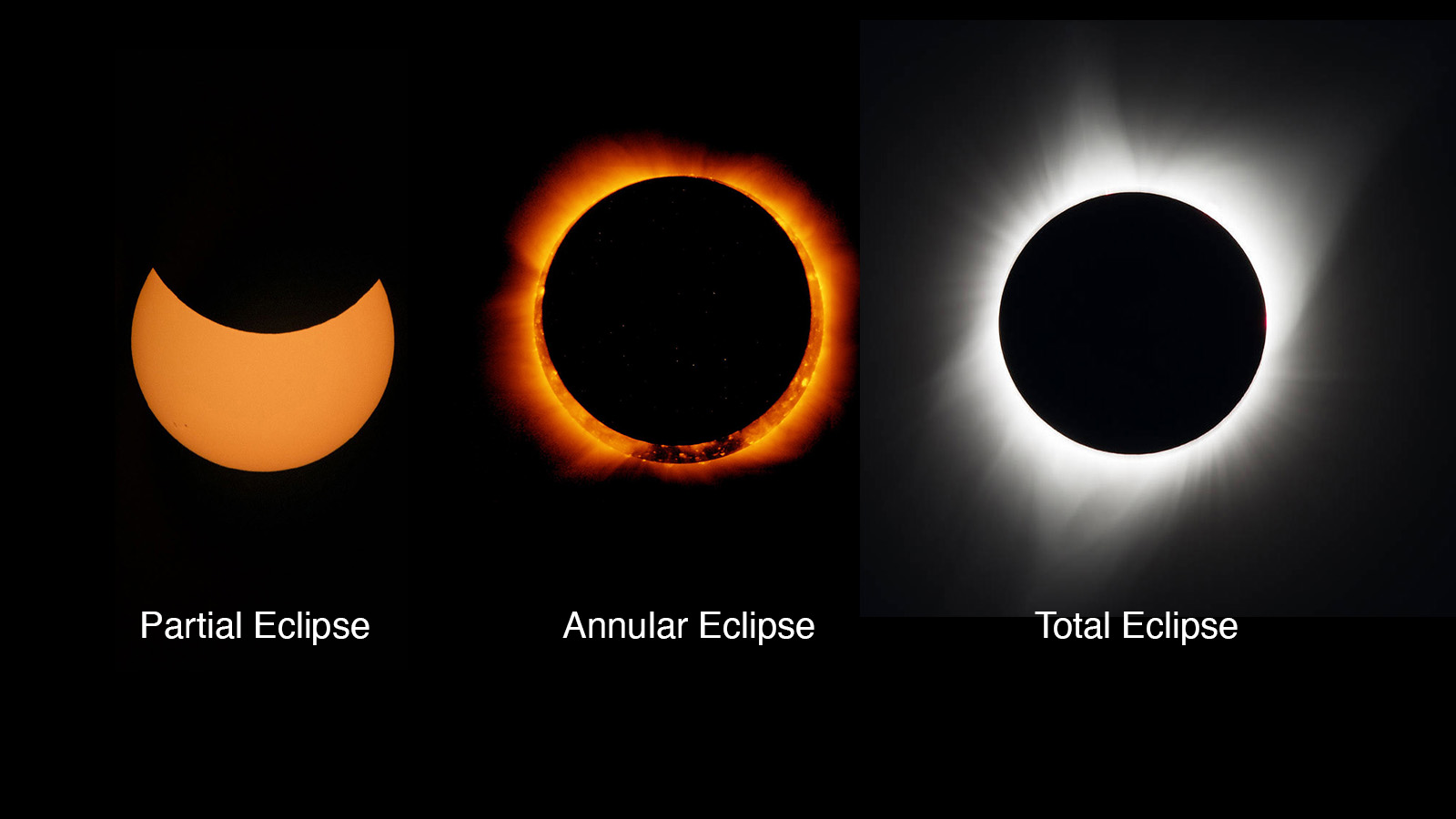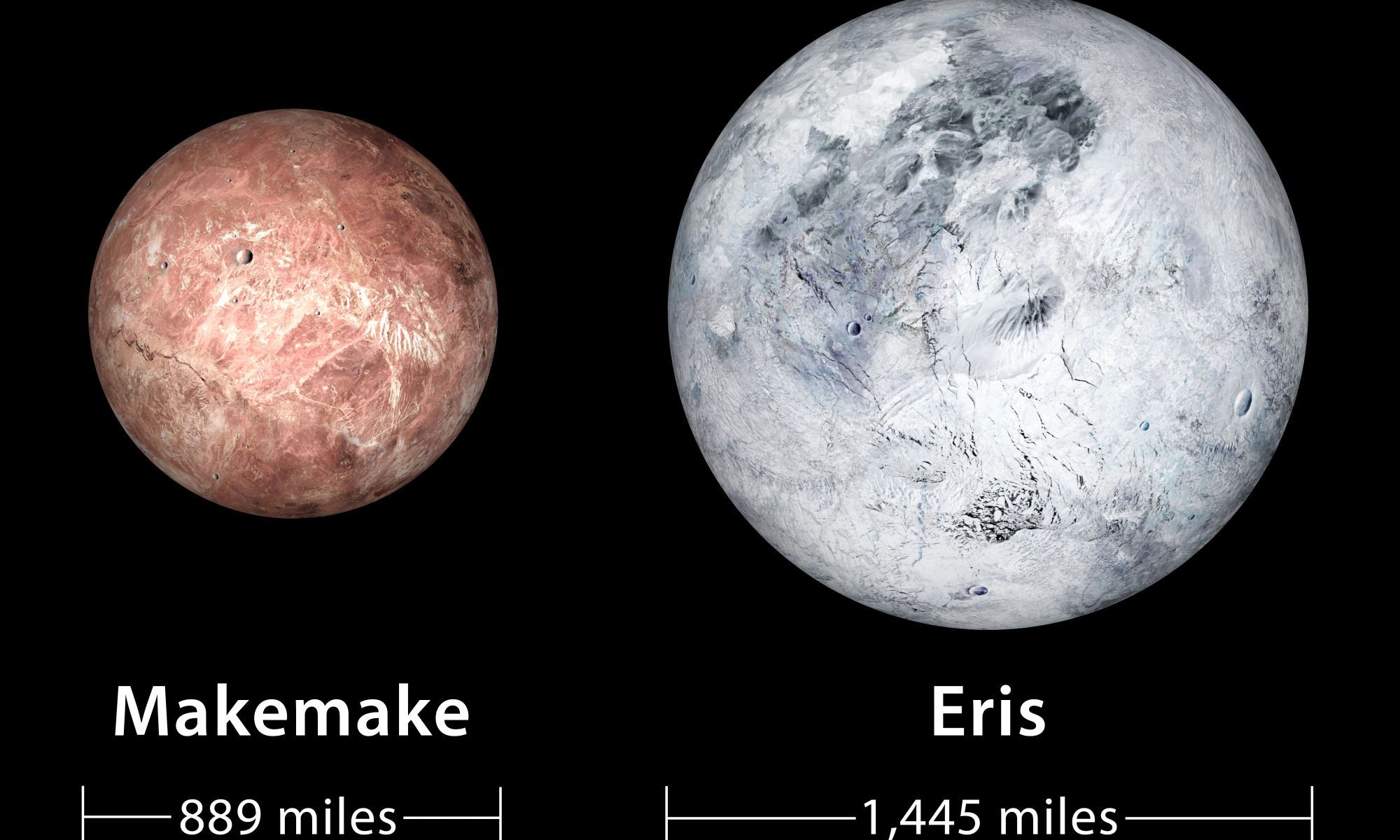It’s an exciting time in astronomy today, where records are being broken and reset regularly. We are barely two months into 2024, and already new records have been set for the farthest black hole yet observed, the brightest supernova, and the highest-energy gamma rays from our Sun. Most recently, an international team of astronomers using the ESO’s Very Large Telescope in Chile reportedly saw the brightest object ever observed in the Universe: a quasar (J0529-4351) located about 12 billion light years away that has the fastest-growing supermassive black hole (SMBH) at its center.
Continue reading “The Brightest Object Ever Seen in the Universe”The Brightest Object Ever Seen in the Universe
